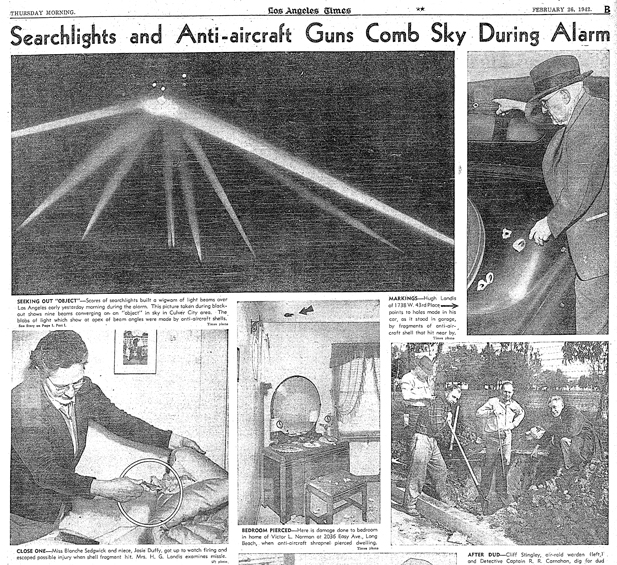Many believe that the internment of Japanese-Americans during WWII was the direct result of Pearl Harbor. While true, there were two other factors involved – a Japanese captain and aliens from another planet.
So let’s follow the sequence of events. The bombing of Pearl Harbor on December 7th, 1941 came as a surprise to everyone and forced the US into WWII. Less well-known, however was the Bombardment of Ellwood on February 23rd, 1942.
Pearl Harbor understandably put America on edge. The country had long seen the oceans as an excellent defense against the chaos that periodically engulfed Europe and other parts of the world. At least till the Empire of Japan showed them.
Shortly after, nine Japanese submarines made their way to the American West Coast. There they attacked eight merchant vessels, sinking two and damaging another two at the cost of six American seamen.
Those on the West Coast realized just how vulnerable they were. Little did they know that a minor incident before the war would contribute to the second attack on US soil.
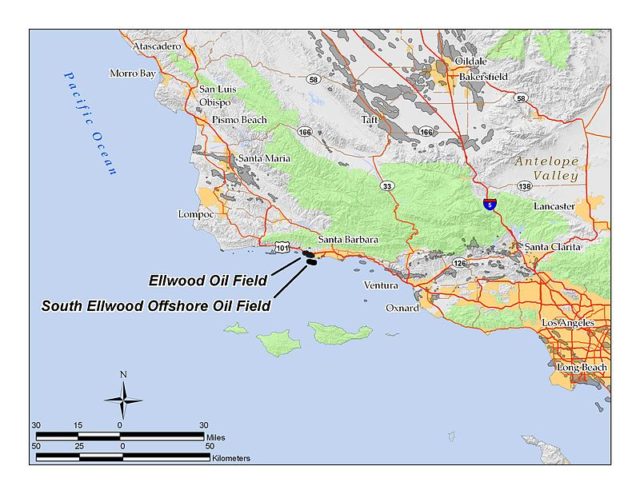
In August 1930, Kozo Nishino commanded a Japanese merchant ship that picked up supplies from the Ellwood Oil Field. As he stepped forward to greet the welcoming committee, he tripped, fell onto a bunch of prickly pear cactus, and needed help removing needles from his behind.
Although the corporate dignitaries were horrified, oil workers nearby couldn’t stop laughing their heads off. From that moment on, Nishino vowed to destroy the place.
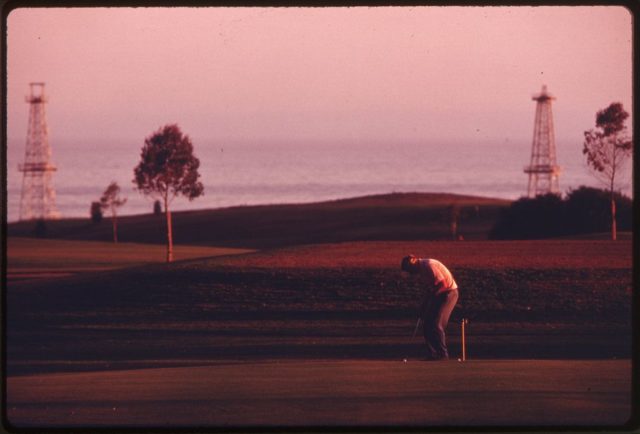
He got his chance twelve years later on February 23rd, 1942. By then, he was the captain of Submarine I-17. At 7 PM, he ordered it to surface off Coal Oil Point and pointed his 5.5” deck gun toward land.
Specifically, it was aimed right about where he fell on cacti. About 15 minutes later, his men fired some 16 to 25 rounds over the next 20 minutes. Fortunately, they were lousy shots, causing minor damage to the Ellwood Pier, a derrick, the Luton-Bell 17 well, a baseball field, and a nearby swamp.
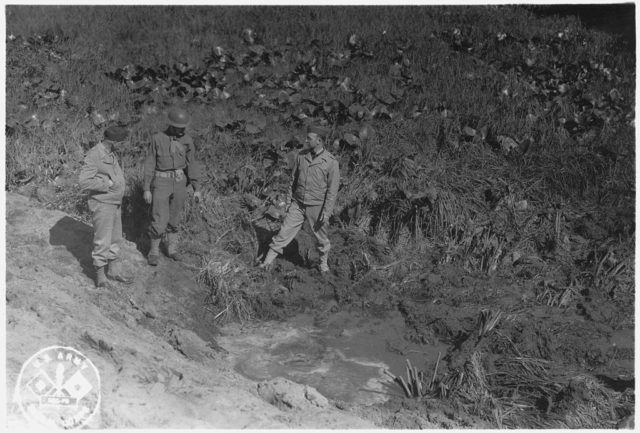
Nishino then radioed Tokyo, telling them that he had left Santa Barbara in flames. He didn’t – no one was hurt or killed. The US Navy chased him off, but they were worried because they saw him heading south toward Los Angeles.
But what happened two nights later is still in contention. At 1:44 AM on February 25, three different radar sets picked up something about 144 miles west off the coast of Los Angeles. They managed to track it for the next several minutes before it vanished about three miles offshore.
Despite this, the regional controller ordered a blackout at 2:21 AM. Shortly after, reported sightings of enemy planes came flooding in. By 2:43 AM, more planes were allegedly sighted near Long Beach. Several minutes after that, a coast artillery colonel claimed to have seen perhaps 25 planes flying some 12,000 feet over Los Angeles.
The air raid sirens broke out at 2:54 AM and searchlights began piercing the skies over the city. People woke up and poured out onto the streets, convinced it was the Japanese.
Looking up, thousands reported seeing different things. Some claim to have seen a fleet of planes in the sky. Others believe they saw a large UFO hovering directly above the city. It is known that at around 3:06 AM, a weather balloon with a red flare was launched over Santa Monica, so that may have played a role.
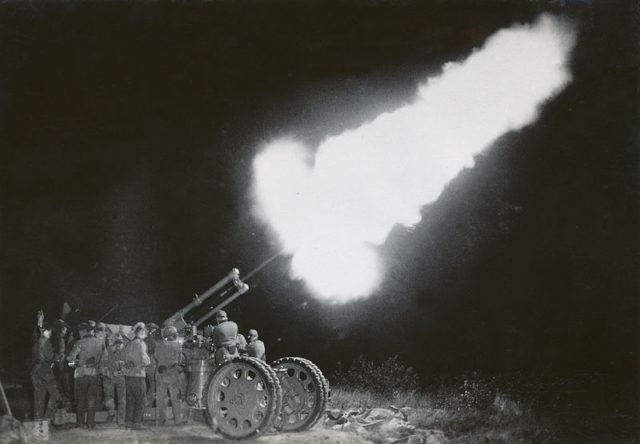
The attack began at 3:16 AM. The 37th Coast Artillery Brigade opened fire with 0.50 caliber machine guns and 12.8-pound anti-aircraft shells from over 250 anti-aircraft guns – even though no one could yet agree on what it was they were seeing.
According to eyewitness accounts, there: (1) was a large object moving slowly over the city, (2) there were several things flying at different heights and at different speeds, (3) there was one huge object attended by several smaller things flying around it, or (4) they couldn’t see anything due to the heavy smoke.
Pilots of the nearby 4th Interceptor Command got ready to fly, but were ordered to say on the ground because of so much flak. Visibility was also extremely limited due to all the smoke. By 4 AM, the firing began to thin out as people reported seeing… well, whatever it was they saw moving back out to sea.
It all stopped at around 4:14 AM, after the brigade had expended over 1,400 shells. Nevertheless, the entire state was extremely spooked.
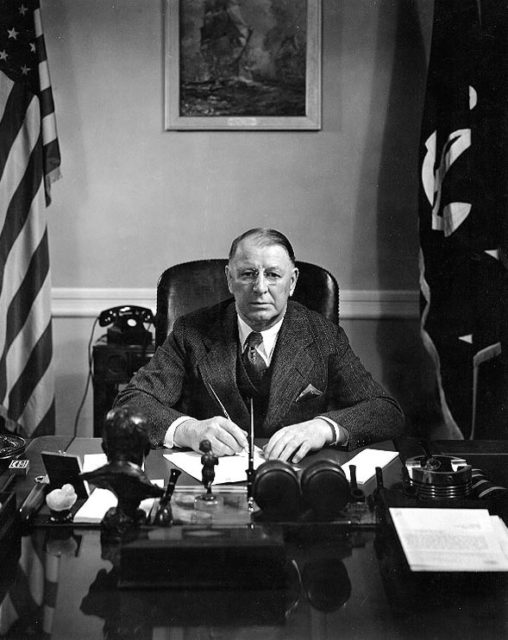
Five died, but not from enemy return fire nor an aerial bombardment. Three did so in car accidents, while two more expired from heart attacks. Many houses and buildings had also been damaged from spent shells crashing back down.
The “all-clear” was finally sounded at 7:21 AM – but what really happened?
Later that day, Secretary of the Navy Frank Knox gave a press conference and claimed that the incident was not a Japanese air raid. His proof? No bombs had been dropped nor had any enemy planes been shot out of the sky. So why all the flak? Because of war jitters.
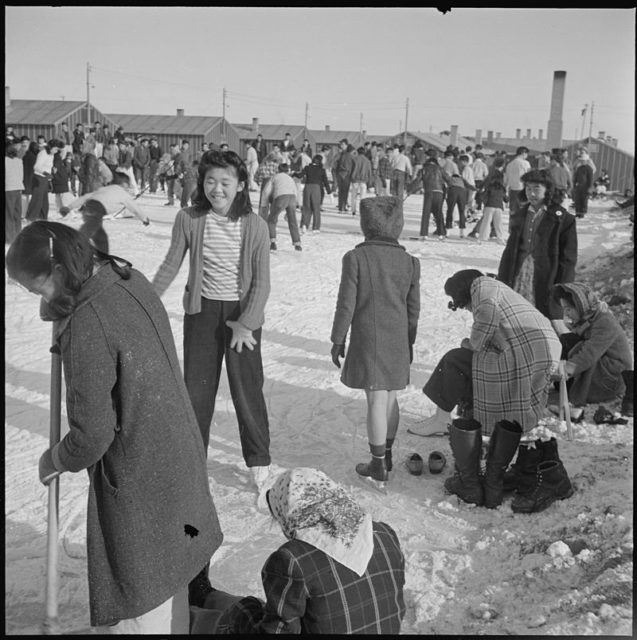
But Secretary of War Henry Lewis Stimson disagreed. According to him, anywhere from one to five planes that had indeed flown over Los Angeles. They had either come from secret airfields elsewhere in the state or even from Mexico. And yes, they were Japanese because who else could have done it?
Barely had the smoke cleared when a 51-year-old Japanese woman was dragged by her neighbors to the Los Angeles police. Her crime? Opening and closing the lights in her living room in a suspicious manner – no doubt a signal to the Japanese planes. And that was only one of several such stories.
In 1983, the Office of Air Force History concluded that weather balloons had triggered already frayed nerves and that no planes had been in the air that night. Others claim it was extraterrestrials whose super-advanced technology protected them from our primitive weapons.
Although President Roosevelt issued Executive Order 9066 (which decreed the internment of Japanese) on February 19th, 1942, there was still opposition to it. But after Ellwood and the Battle of LA, it became a fait accompli.
